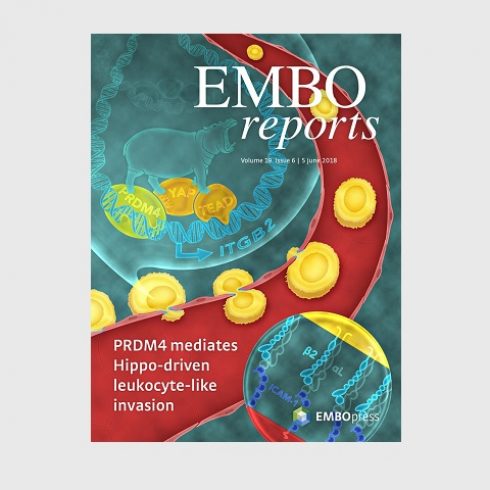The microbiome and its publics
A participatory approach for engaging publics with the microbiome and its implications for health and hygiene
Timothy Hodgetts et al.
EMBO Reports 2018

‘Publics’ are critical to how we conceptualise public health, but who is ‘the public’ we refer to? What kinds of publics matter to public health? And how do these ‘publics’ get defined and delineated? Are publics made via demographics? Humanitarian need? Funding structures?
This is an accessible and easy-to-read paper that discusses these exact questions. It describes a novel participatory research project exploring the microbiome and what it means for ‘public’ conception of health and hygiene, and how publics cohere.
As Hodgett’s et al explains, this research project builds on work done by “researchers in Science and Technology Studies (STS) [who] have combined the theories of public participation with a more nuanced understanding of publics. The latter term is pluralised to represent the idea that there is not a single, homogenous general public as sometimes suggested in media accounts. Instead, publics are diverse and are made up of people with different experiences, knowledge, values and habits. Much research in this vein is concerned with how such publics cohere—what draws them together in the first place and what keeps them together?” (2).
In this participatory project, individuals and households were given the opportunity to become scientists in their own kitchens, allowing them to explore, ask questions, and design experiments about the microbial life they share their space and lives with. As the researchers explain, “allowing publics to think and experiment with microbes will shift how people understand themselves, their relationships with others and their wider environments”
View Publication > Share
Share






Commentary
The latest commentary on the use of antimicrobials in society.
‘Notes from the Field’: Wakiso District, Kampala, Uganda
Antibiotics, poultry, and livelihoods: Conjoined Worlds in Medium-Scale Urban Livestock Keeping.
Antibiotic Angels: Seeing Green in Thailand’s Orange Orchards
How are antibiotics a kind of infrastructure that enable farmers to grow oranges in large orchards?
Fresh Perspectives
Antimicrobials are central to many contemporary forms of care and production for humans, animals, plants and even objects – clothing,...